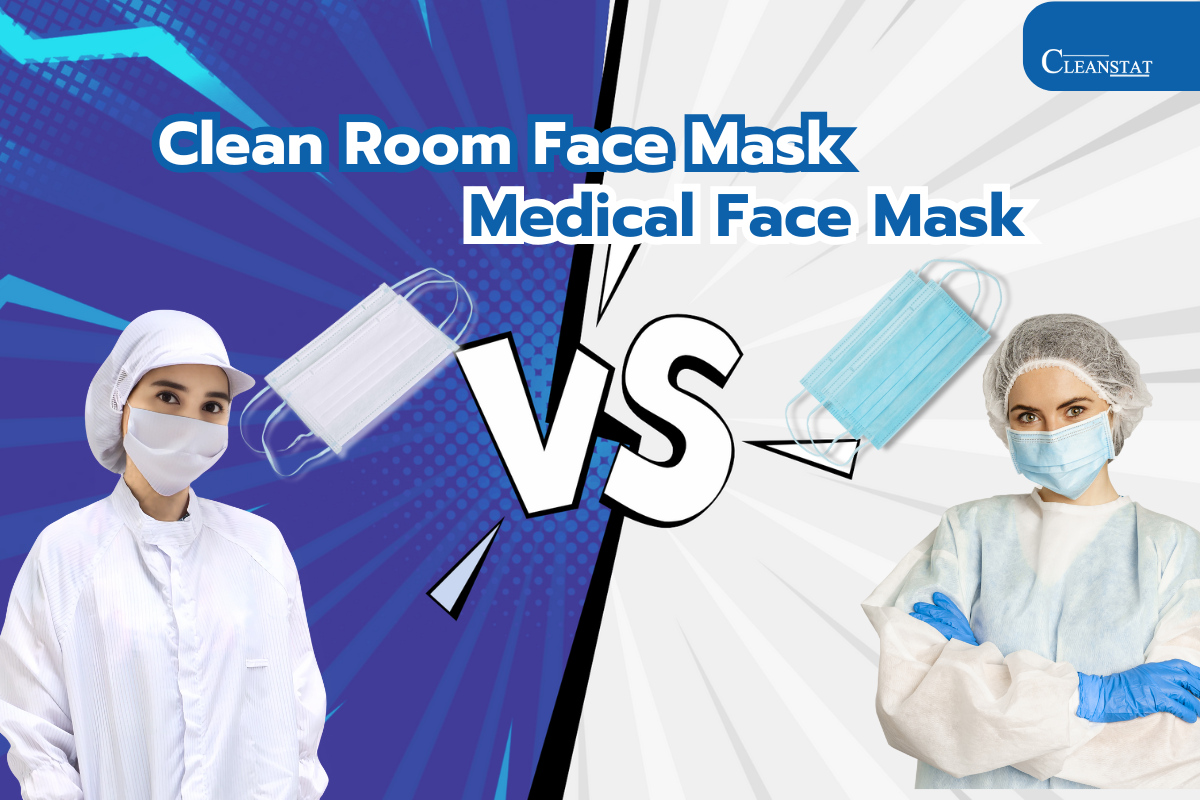A cleanroom is an environment where the level of contaminants such as dust, airborne particles, and microorganisms is strictly controlled to ensure the quality of products and manufacturing processes. ISO Cleanroom standards, such as ISO 14644, serve as guidelines for managing and maintaining cleanliness in cleanrooms. These standards are critical for industries requiring precision and safety, including electronics manufacturing, pharmaceuticals, and medical devices. This article explores the requirements of ISO Cleanroom standards, from ISO 1 to ISO 8, highlighting their features and differences.

ISO 1 The Highest Cleanroom Standard
ISO 1 represents the cleanest level of cleanrooms, with strict requirements such as no more than 2 particles larger than 0.3 microns per cubic meter and absolutely no particles larger than 1.0 microns. The environment is tightly controlled, utilizing ULPA filters (Ultra-Low Penetration Air) with an efficiency of 99.9995% for particles as small as 0.12 microns. Air changes occur 500–750 times per hour, supported by 100% ULPA ceiling coverage and raised floors to minimize contamination.
Applications: ISO 1 cleanrooms are used in industries demanding extreme precision, such as advanced microelectronic components, semiconductor production, and medical devices.
ISO 2 Second-Highest Cleanroom Standard
ISO 2 is similar to ISO 1, but it allows up to 11 particles larger than 0.3 microns per cubic meter and still no particles larger than 1.0 microns. Like ISO 1, it uses ULPA filters and maintains air changes 500–750 times per hour. ISO 2 cleanrooms focus on preventing even the tiniest particles from entering.
Applications: Ideal for manufacturing high-sensitivity sensors and semiconductors that require an ultra-clean environment.
ISO 3 High-Level Cleanliness
ISO 3 allows a maximum of 102 particles larger than 0.3 microns and 8 particles larger than 1.0 microns per cubic meter. It corresponds to FED-STD-209E Class 10. These cleanrooms also use ULPA filters and maintain air changes at 500–750 times per hour, though with slightly reduced stringency compared to ISO 2.
Applications: Suitable for manufacturing optical lenses, complex medical devices, and biotechnological industries.
ISO 4 Relaxed Particle Control
ISO 4 permits up to 1,020 particles larger than 0.3 microns and 2 particles larger than 5.0 microns per cubic meter. It corresponds to FED-STD-209E Class 100. The air change rate is reduced to 500–600 times per hour, with continued use of ULPA filters.
Applications: Commonly used in mid-level clean processes, such as electronics manufacturing and specialized medical equipment.
ISO 5 A Popular Standard
ISO 5 cleanrooms are widely used across industries, allowing up to 3,520 particles larger than 0.5 microns per cubic meter. They employ HEPA filters (High-Efficiency Particulate Air) with an efficiency of 99.97% for 0.3-micron particles. Air changes occur at 250–300 times per hour, aligning with FED-STD-209E Class 100.
Applications: Used in drug packaging, semiconductor manufacturing, and bioproducts.
ISO 6 Cleanrooms for General Industrial Use
ISO 6 permits up to 35,200 particles larger than 0.5 microns per cubic meter, with air changes occurring 180 times per hour. It corresponds to FED-STD-209E Class 1,000, using HEPA filters.
Applications: Suitable for industries requiring a moderate level of cleanliness, such as electronic component assembly and precision machinery.
ISO 7 The Most Common Cleanroom Standard
ISO 7 is widely used in various industries, allowing up to 352,000 particles larger than 0.5 microns per cubic meter. Air changes occur at 60 times per hour, and HEPA filters ensure air quality. It corresponds to FED-STD-209E Class 10,000.
Applications: Suitable for drug compounding, medical equipment production, and electronics manufacturing.
ISO 8 Minimum Cleanroom Cleanliness
ISO 8 allows up to 3,520,000 particles larger than 0.5 microns per cubic meter and has an air change rate of approximately 20 times per hour. While less stringent, it still uses HEPA filters to control air quality, maintaining cleanliness suitable for processes less sensitive to microscopic particles.
Applications: Ideal for processes that do not require high levels of cleanliness, such as plastic molding, supplement packaging, and manufacturing materials not significantly affected by small particles.
Understanding the different ISO Cleanroom levels enables efficient design and operation of cleanrooms tailored to specific production and quality control needs. Selecting the appropriate ISO level depends on the requirements of the manufacturing process and quality standards in the industry. By adhering to ISO standards, manufacturers can minimize contamination risks and ensure sustainable product quality.









